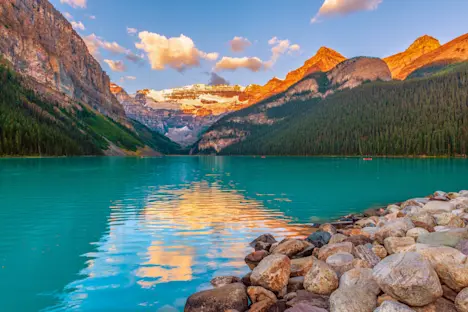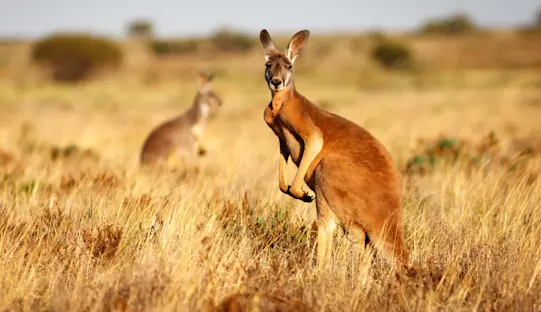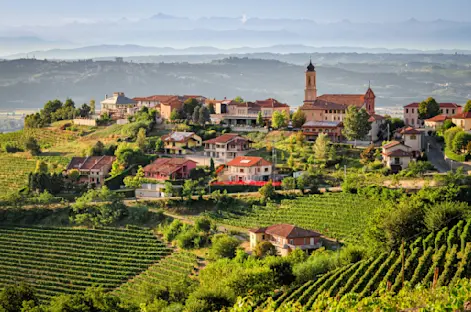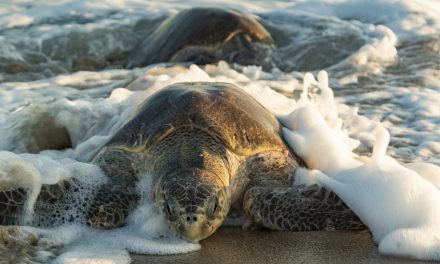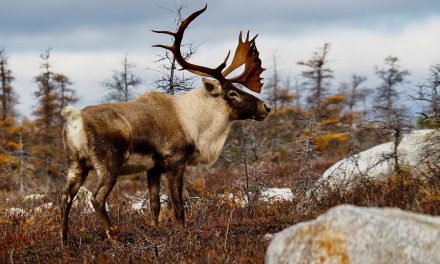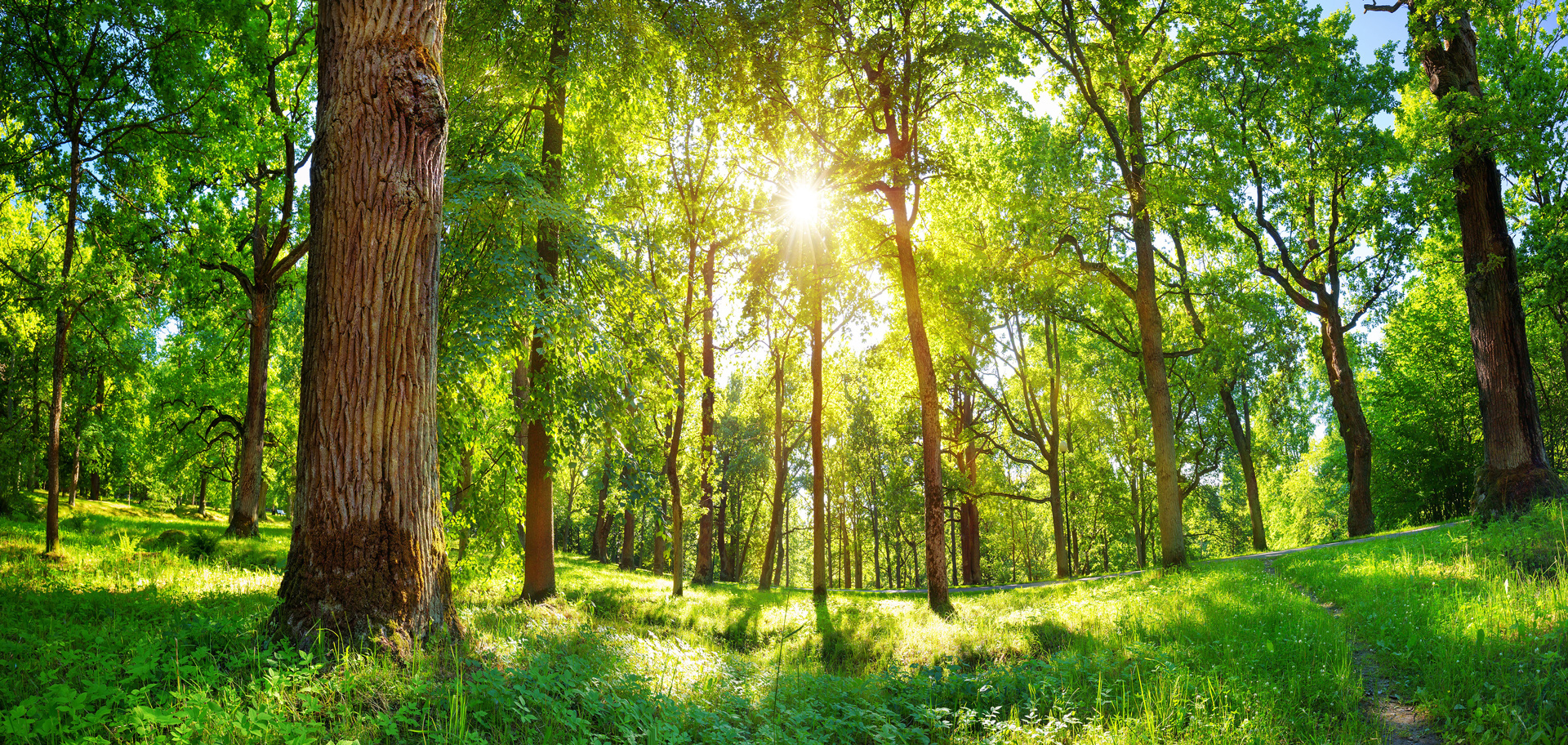
Conservation is complex. Protecting landscapes and wild species is the outward manifestation; but behind the scenes, it’s also necessary to combat climate change, control pollution, educate the public, engage local people, invest in antipoaching measures, restore habitats and use land sustainably.
Conservation is a complex and multifaceted undertaking, requiring the concerted efforts of communities, governments, individuals and organizations to safeguard and manage ecosystems, natural resources and wildlife. It makes sense that to protect landscapes and species, we need to combat climate change, control pollution, engage local people, educate the public, establish protected areas, invest in antipoaching measures, restore habitats, sustainably use land and initiate captive breeding programs when necessary.
But sometimes, sense is turned upside down; and something that shouldn’t work—does. For example, in a surprising twist of conservation success, a U.S. Air Force bombing range in Florida has become a sanctuary for endangered species. And while it’s true that nonnative species introduced by humans are among the main causes of global species decline—they are partly responsible for 60% of the species that have become extinct worldwide in recent decades—some of these same species introduced by humans are themselves endangered in their native ranges, raising questions about the role nonnative populations may play in global conservation efforts.
Conservation science is typically thought of as a specialized field that plays a vital role in understanding and addressing environmental issues. That’s true, but it’s also becoming ever more important to recognize that conservation encompasses not only scientists but almost everyone. Every time you snap a wildlife photo and upload it to iNaturalist—a social network and platform that connects people with nature and helps them learn about biodiversity—you might be fueling breakthrough science. From helping conservation agencies track biodiversity and invasive threats to rediscovering lost species, citizen observations have become vital tools for researchers across the globe.
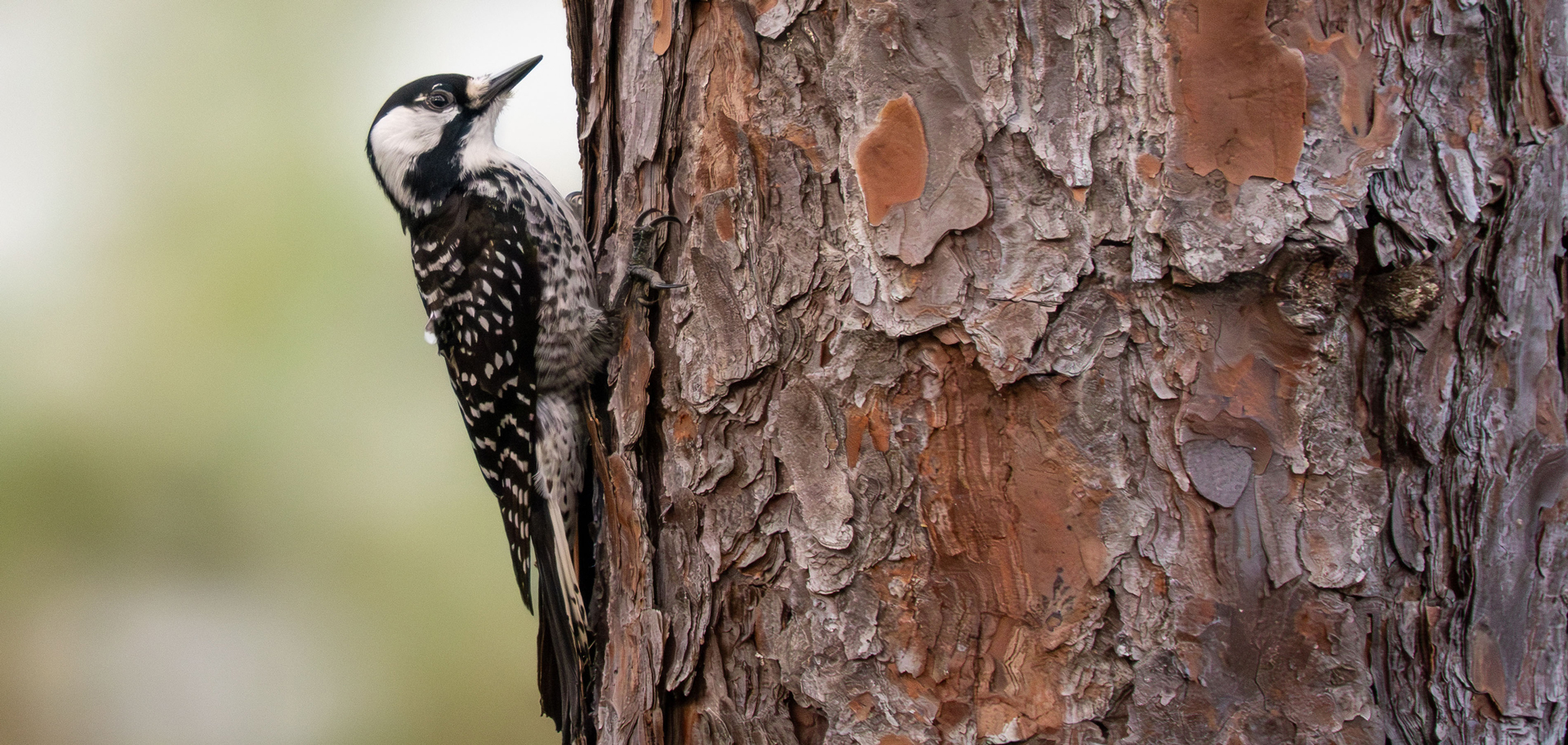
A red-cockaded woodpecker is a small woodpecker with a white cheek and a back with strong, horizontal, black-and-white bars, described as a “ladder back.” Males have a tiny, nearly invisible, red streak (a “cockade”) at the upper border of the cheek.
A bombing range becomes a wildlife refuge
Florida’s Avon Park Air Force Range is teeming with life. More than 40 at-risk species occupy this 106,000-acre expanse used by the U.S. Air Force for bombing training exercises. But now, conservation biologists from Michigan State University (MSU) are using the range to test something other than weapons: innovative strategies to save threatened species.
Using decades’ worth of monitoring data, researchers looked back through time to understand the outcome of interventions designed to rescue a population of imperiled red-cockaded woodpeckers. What they found is a promising story of success.
Red-cockaded woodpeckers, once abundant from the American South to the Eastern Seaboard, have disappeared along with their pine savanna habitats and are now confined to small, disconnected pockets of living space covering only 3% of their historic range. The overdevelopment of pine savanna ecosystems has placed hundreds of species—including the red-cockaded woodpecker—at risk of disappearing entirely.
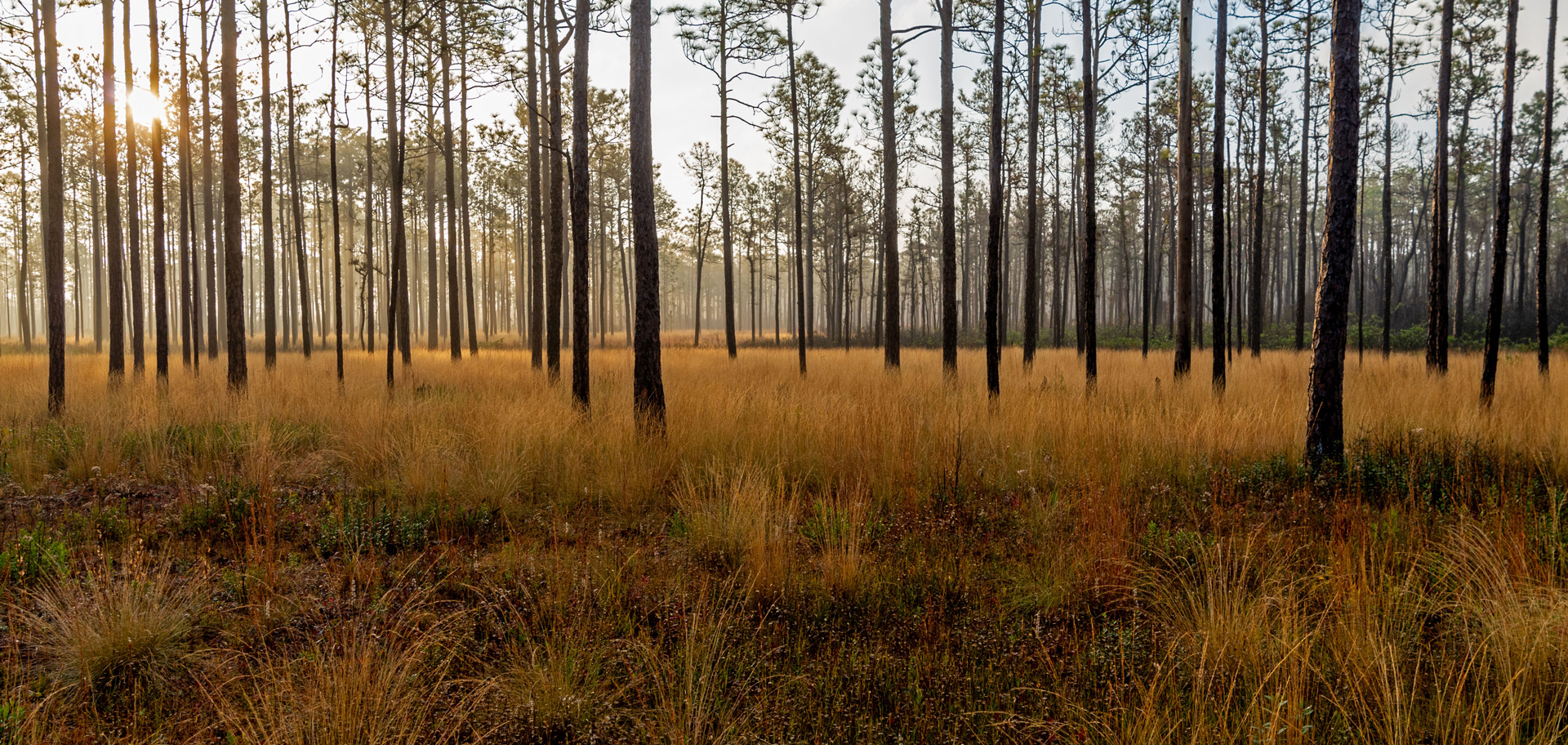
Once a dominant ecosystem across the U.S. Southeast, longleaf pine savannas faced a drastic decline primarily due to disruption of natural fire regimes, land conversion and overexploitation of timber resources.
The only reason that these populations are still around is because of continued collaborations and long-term investments in these imperiled animals and plants. Avon Park Air Force Range is one of 18 Sentinel Landscapes, protected areas around military installations where the U.S. Department of Defense and other federal agencies work with state governments and private stakeholders to meet conservation goals. Avon Park contains more than 35,000 acres of pine savannas, providing a well-protected band of habitat for threatened animals and a proving ground for complex conservation strategies.
Leveraging this rare opportunity, researchers from Florida’s Archbold Biological Station, in collaboration with the U.S. Fish and Wildlife Service and the U.S. Air Force, introduced 54 red-cockaded woodpeckers from six donor populations into the range’s pine savannas between 1998 and 2016. MSU scientists determined that the introduced birds contributed directly to higher population counts, and that translocated birds and their descendants tended to have higher rates of survival and reproductive success. The findings, published in a special edition of the Proceedings of the National Academy of Sciences in July 2025, indicate that reproductive success is highly associated with total nesting years—and translocated birds tended to nest for more years than locally hatched ones.
These positive effects persisted into the future along family lines. About 70% of the translocated woodpeckers survived in the population after their release, and many formed breeding pairs with local individuals, providing a boost to the genetic diversity of the population.
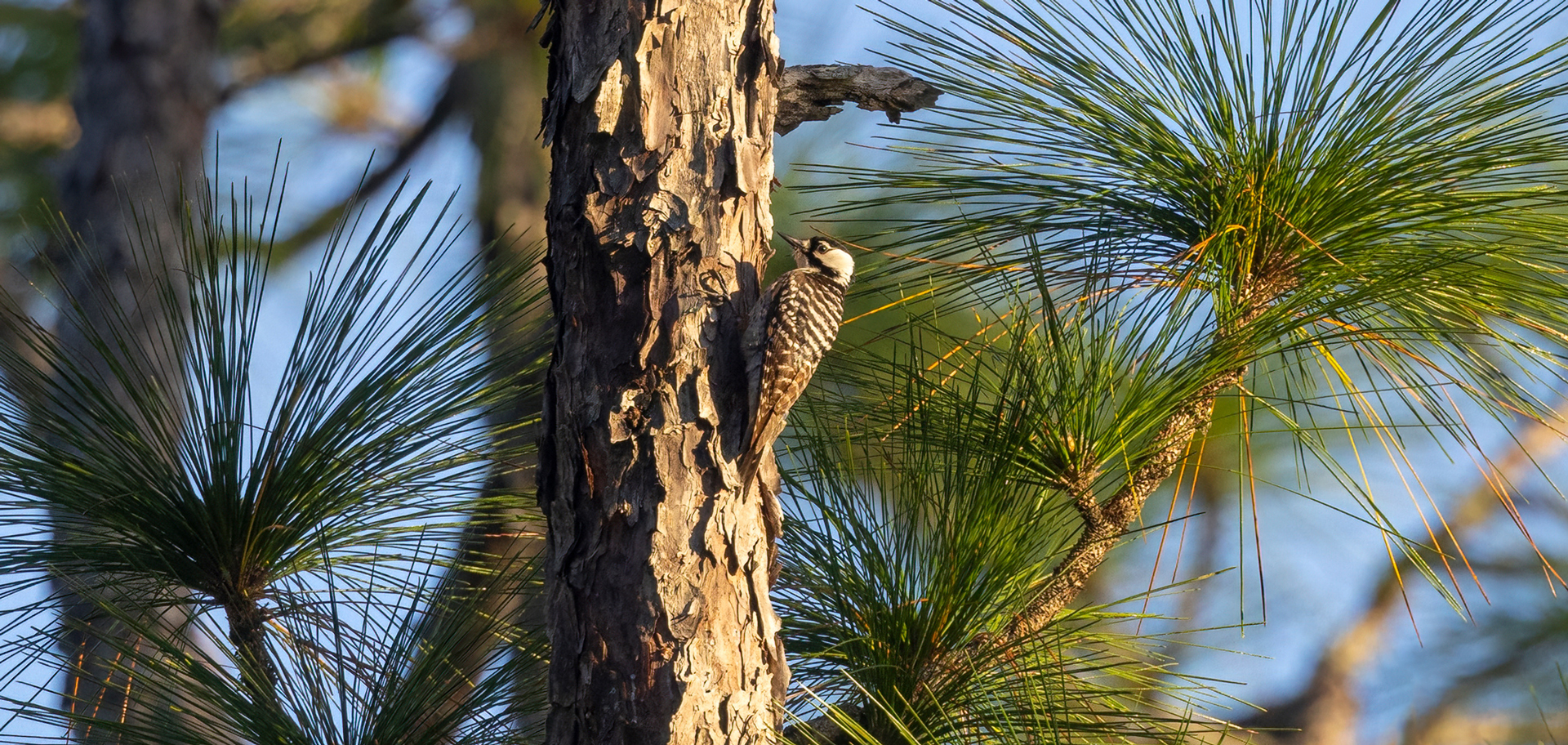
Endangered red-cockaded woodpeckers are habitat specialists that are strongly tied to old-growth pine forests that burn frequently. They prefer and were once common in vast tracts of longleaf pines; but now they use loblolly, slash and other pine stands in Southeast flatwoods.
Complex population dynamics, changes which manifest across decades and the sheer challenge of gathering high-resolution monitoring data make gauging the effectiveness of translocations—the practice of moving individuals from donor populations to isolated, at-risk ones—difficult. The detail and length of this study, though state the researchers, provide rare insights into the long-term effects of these strategies and has the potential to act as an important component of managing many imperiled species.
In the future, genetic insights will play a growing role in evaluating and tracking conservation programs, conclude the scientists. Analysis of genetic material helps detect and minimize inbreeding and creates highly detailed pedigrees for populations, reducing the burden of on-site monitoring programs to track bird nesting and reproduction. Using genetic monitoring tools allows scientists and land managers to be more precise when deciding how and when to use translocations to help restore connectivity between isolated populations and reverse long-term population declines in dwindling species, bringing them back from the brink.
Invasive species become worthy of protection
The globalization of the Earth is contributing to the introduction of many animal and plant species into new parts of the world. But such “invasive species” can displace native species through competition or transmit new diseases. At the same time, however, some of these nonnative species are threatened with extinction in their native ranges. This creates a conservation paradox: should nonnative species that are endangered in their native ranges be controlled or protected?
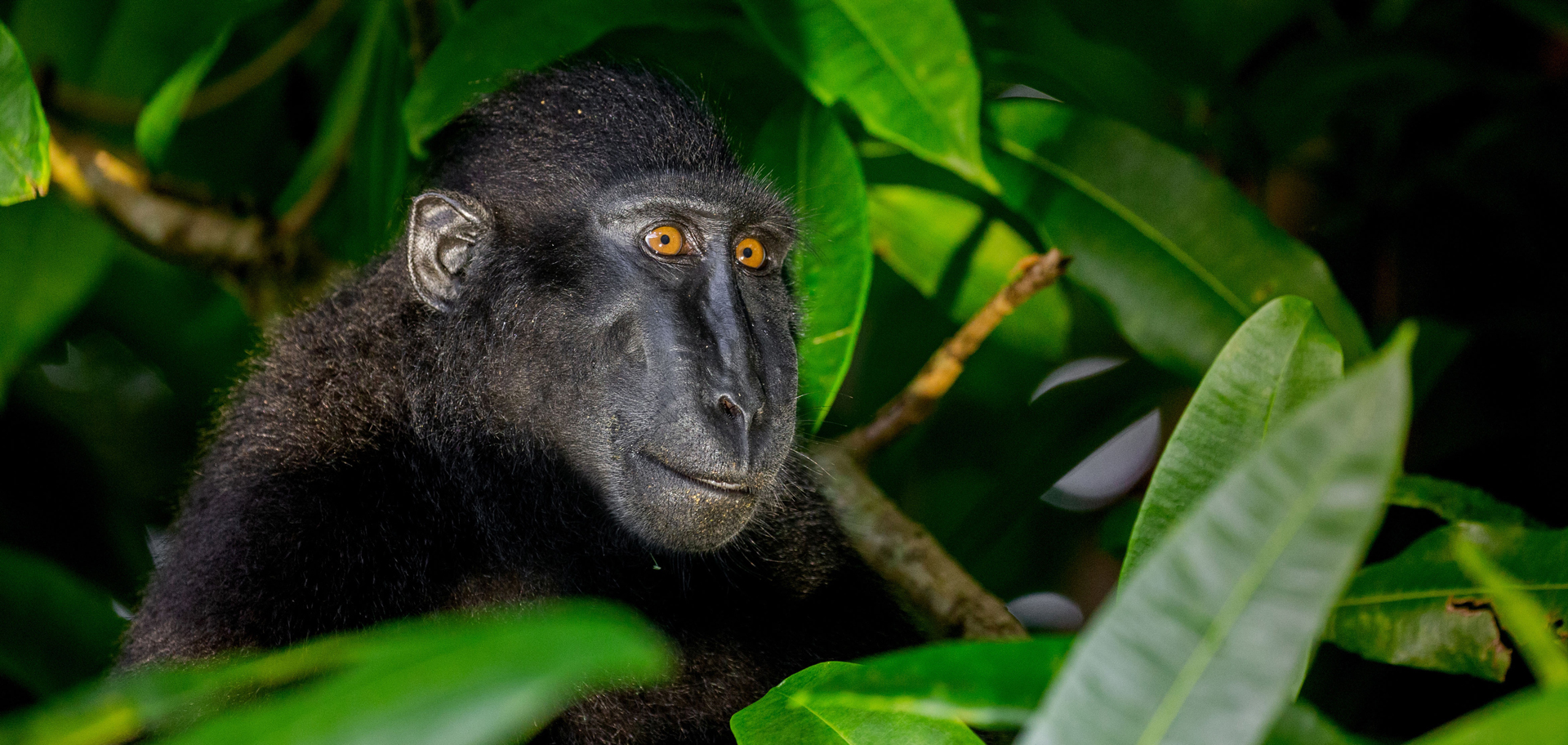
Crested macaques are endemic to Indonesia. They live in the lush rain forests, for which the country is well known. Unfortunately, however, these rain forests are disappearing. Crested macaques are, therefore, forced to eke out an existence in logged forests, grasslands and even farm fields.
Previously, it was unknown how many nonnative mammal species this paradox applied to. In a new study, however, biologists from Austria’s University of Vienna and Italy’s La Sapienza University of Rome quantified it, bringing us one step closer to solving the puzzle.
One important mammal species that is threatened in its native area is the crested macaque, whose population in its natural range on Sulawesi, an Indonesian island east of Borneo, has declined by 85% since 1978. However, the macaques have spread to other islands in Indonesia, where there are stable populations. Likewise, the wild rabbit is endangered in Europe; while in other parts of the world, such as Australia, it has very large, introduced populations. Most of the threatened species in their native ranges originate from tropical Asia, which in many cases is the result of massive, rain-forest destruction and overhunting. Human-introduced populations could, therefore, help these species avoid extinction.
Unfortunately, when assessing the global extinction risk, species that do not live in their native ranges are not currently considered. In the recent study, however, the researchers were able to show that the threat situation of some species would improve if nonnative occurrences were included in the counts. In fact, for 22% of the analyzed species, the global extinction risk would be reduced if nonnative occurrences were added into the assessments. A total of 230 nonnative mammal species has currently been introduced by humans to new areas around the world and have settled there permanently. The scientists were able to show that 36 of these species are threatened in their original ranges and so fall under this conservation paradox. The number was surprising, since most people had assumed that invasive species are also common in their areas of origin.
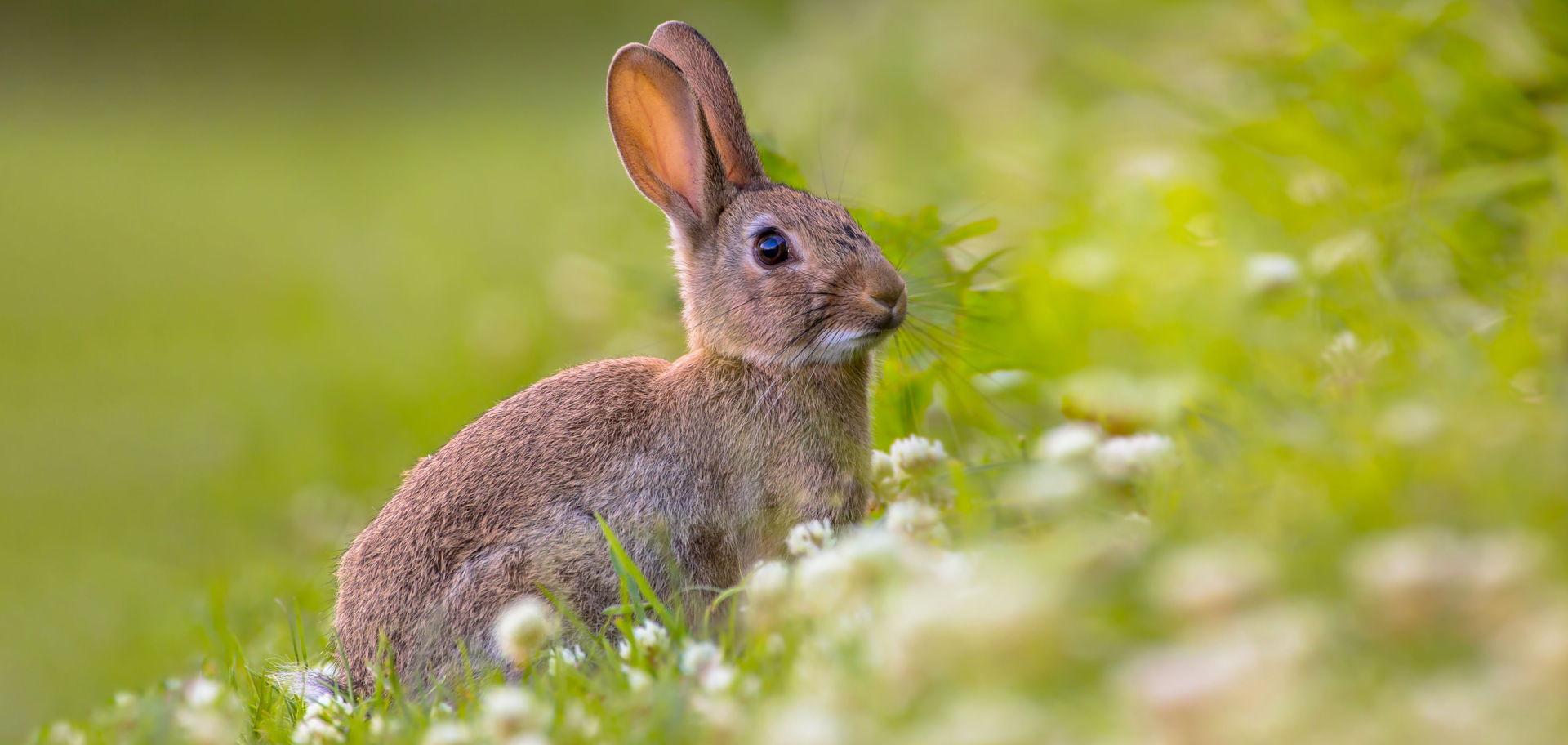
The European wild rabbit is classified as endangered by the IUCN Red List of Threatened Species. This status applies to the rabbit’s native European range, where populations have significantly declined due to diseases like myxomatosis and rabbit hemorrhagic disease, as well as habitat loss.
According to the study’s authors, this result, published in the journal Conservation Letters in December 2024, underlines the great importance of nonnative populations for the survival of endangered species—especially when there are high threat pressures in the native areas.
Of course, including nonnative populations of these species in threat assessments also entails risks; for example, less attention might be paid to the protection of threatened populations in their native ranges. In addition, nonnative populations can have a negative impact on other species. The scientists believe that the focus must continue to be on protecting species in their native ranges. However, it is likely that in the future there will be more species that are threatened with extinction in their native ranges and have better chances of survival in their new ranges. This presents nature conservation with the difficult task of weighing the opportunities versus the risks.
It is much the same with plant species: when a plant spreads beyond its natural habitat, it is usually seen as a threat to native fauna and flora. But what happens when that same plant is struggling to survive in its original range?
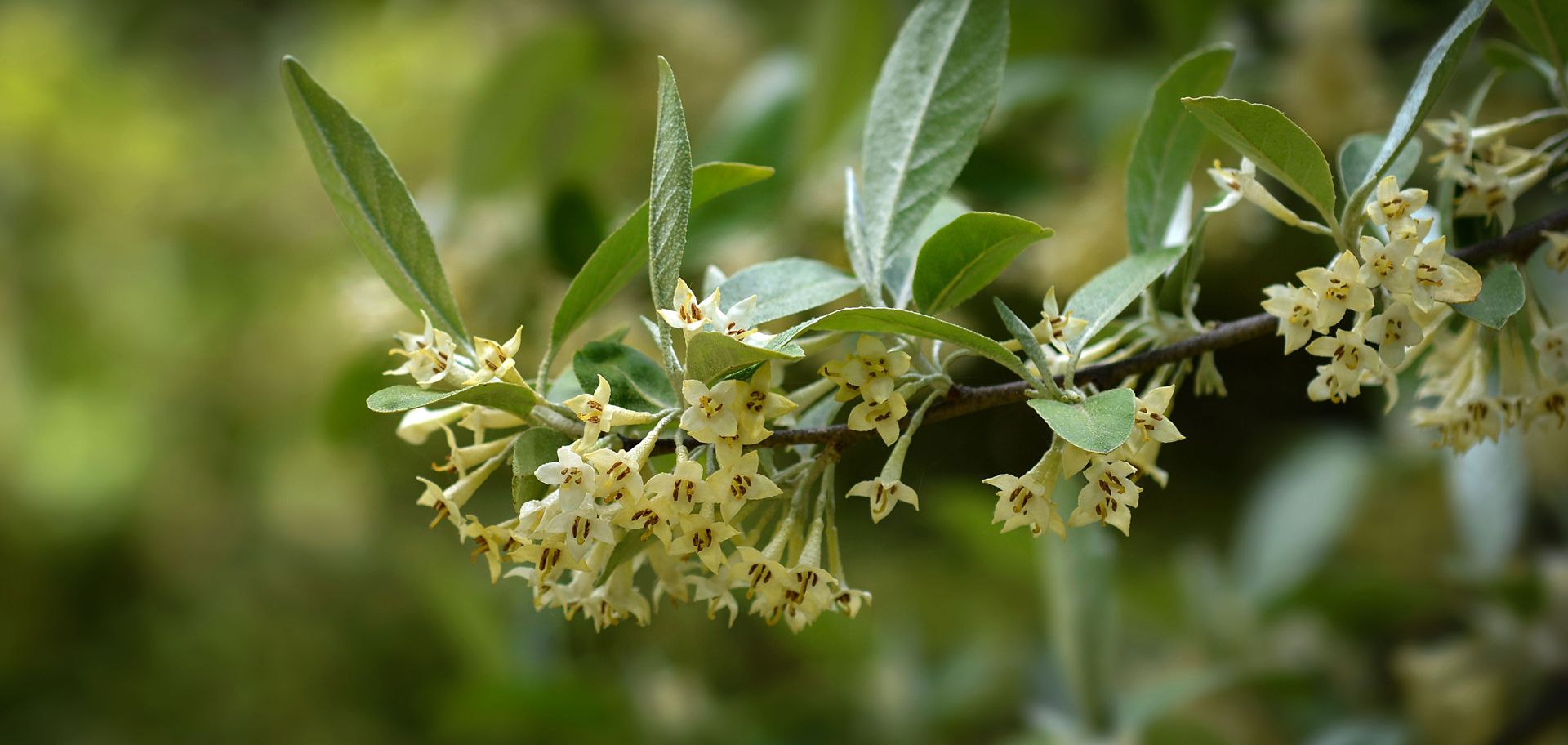
Although most introduced species have negative impacts on the ecosystems they enter, some provide conservation value. For example, in New Hampshire, invasive plants like this autumn olive produce fruit that is used by birds, and some invasive plants can be a source of nectar and pollen for insects.
It’s easy to assume that plant species expanding into nonnative ranges are global winners, benefiting from range gains. However, results of a study published in the journal New Phytologist in May 2025 and led by researchers at Germany’s German Center for Integrative Biodiversity Research, the Helmholtz Center for Environmental Research–UFZ and Leipzig University demonstrated that 27% of the world’s naturalized plant species are threatened somewhere in their native ranges, raising questions about the role nonnative populations may play in global conservation efforts. This finding is the result of a global synthesis that links threatened vascular plants from 103 countries with the Global Naturalized Alien Flora database.
An extreme example of this conservation dilemma is the species Agave vera-cruz, which is globally classified by the International Union for the Conservation of Nature (IUCN) as extinct in the wild (referring to its native range), but it survives in multiple, self-sustaining, nonnative populations. However, most plant species that have expanded beyond their nonnative range and face native-range threats are not globally threatened, highlighting the dynamic nature of species’ ranges.
While nonnative species are often evaluated in terms of their ecological impact or eradication, this study advocates for a more nuanced approach. Some species colonizing new regions may provide conservation value, meaning that we should avoid using a too-rigid distinction between “native” and “nonnative” in the context of global biodiversity change. As species distributions increasingly shift due to climate change and land use, we’ll need a more balanced perspective that acknowledges both risks and potential conservation opportunities.
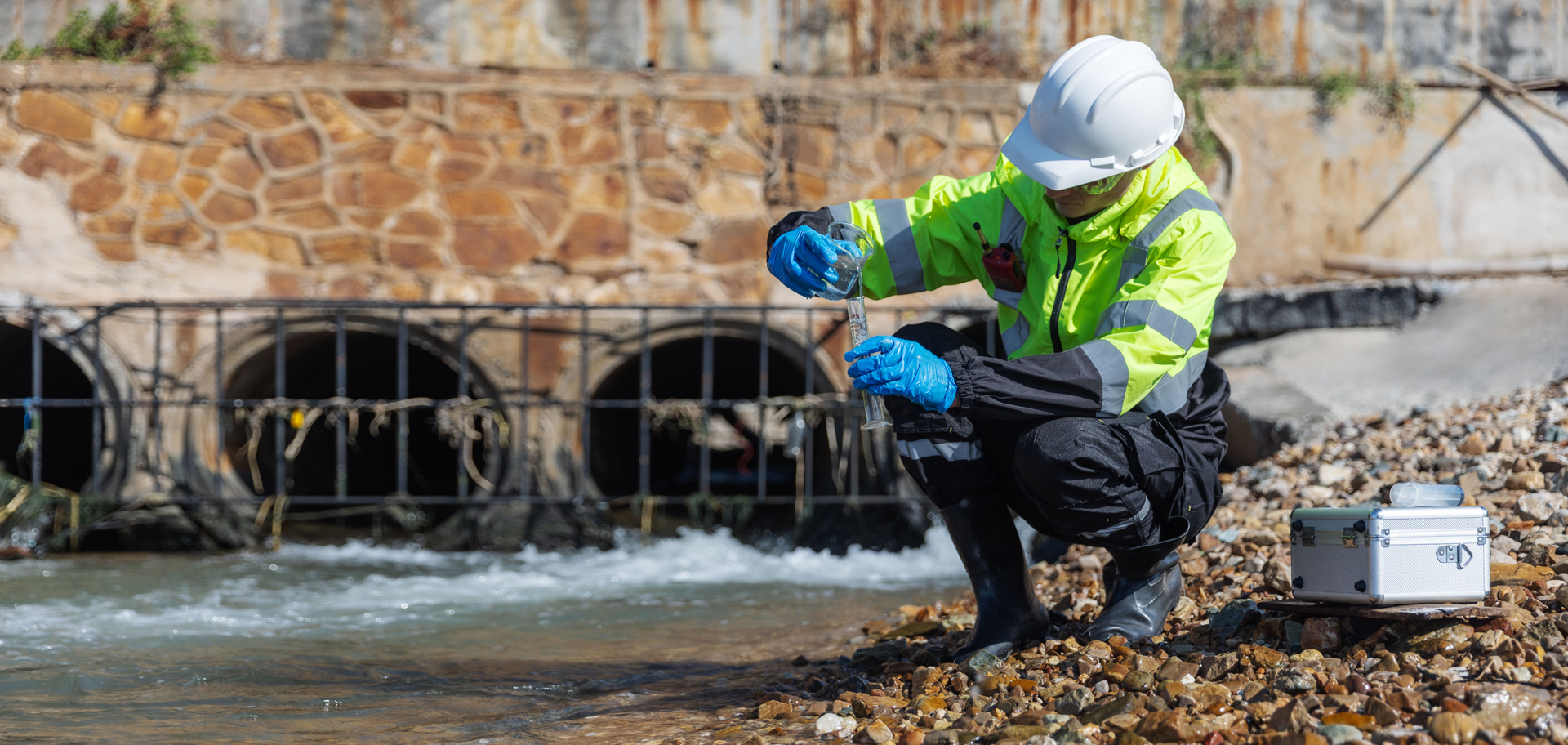
The iNaturalist platform is shaping the future of biodiversity science. Millions of people are helping scientists track biodiversity in ways that would be impossible through traditional scientific fieldwork alone.
Nonscientists become valued conservation contributors
It used to be that we thought of science as people in white coats in labs; or in the case of environmental science, people in big boots walking through the mud to gather information in the field. But now, millions of everyday people are directly shaping how we conserve and understand biodiversity.
Let’s say that a frog sitting next to a walking trail croaks. A hiker snaps a photo and uploads it to iNaturalist. That single act—one person, one amphibian and one click—feeds into a growing, global dataset that scientists now use to detect invasive threats, map shifting animal and plant ranges, and even discover new species.
Launched in 2008, the platform is a nonprofit organization and allows users to upload audio recordings or photographs of animals, fungi, plants and other organisms, along with information on place and time. A community of contributors vet observations; and those verified as “Research Grade” are shared with the Global Biodiversity Information Facility, an international database working as a clearinghouse for all biodiversity records. Recently, an international study led by researchers at the University of Florida, Institute of Food and Agricultural Sciences shows that iNaturalist is doing far more than connecting users with nature: it’s rapidly becoming a cornerstone of scientific research.
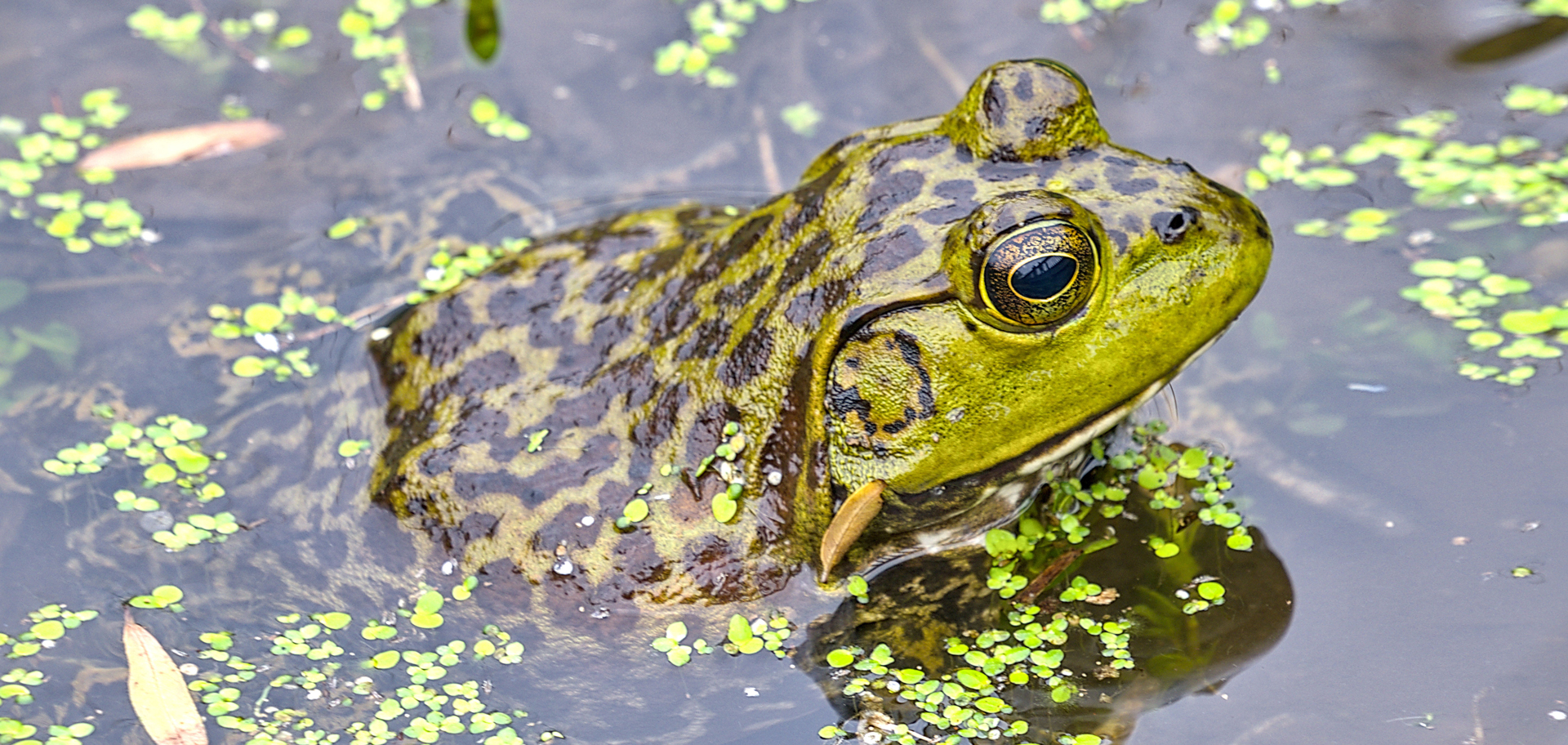
When you upload your nature photos—such as this one of a mink frog—to iNaturalist, you add to a growing global dataset that scientists use to detect invasive threats, map shifting animal and plant ranges, and even discover new species.
Until now, the scientific value of iNaturalist had only been recognized in isolated cases, such as when a user rediscovered a century-lost, Vietnamese snail; when the data is used to provide high-resolution maps of plants; or for early detection of invasive species. But this is the first study to systematically assess the full scope of how iNaturalist data is being used in research.
The authors of the study, published in the journal BioScience in July 2025, say that the dominant use of iNaturalist is in tracking how organisms are spread across the planet. Following that is the use of images uploaded to iNaturalist, which provide insights into species behavior, coloration and habitat preferences. And the exponential rise in scholarly articles using iNaturalist data (tenfold in five years) suggests that as participation grows—particularly in underrepresented regions and among lesser-studied species groups—so, too, will its impact on science.
Those meaningful contributions come from 128 countries and 638 groups of species, illustrating the truly global impact iNaturalist is having on biodiversity research. The platform is currently being used by conservation agencies such as the IUCN to assess the status of threatened species and to track the spread of invasive organisms.

The field of conservation is full of challenges. Demands on the world’s land resources, rising air pollution, and reduced water quality and quantity are just some of them.
Conservation challenges become capable of being conquered
The field of conservation is full of challenges. Changing demands on land resources, climate change, fire suppression, overgrazing, air quality intrusions, and reduced water quality and quantity are just some of them.
With such a long list of hurdles, discovering that something works—especially when it shouldn’t—is proof that the efforts are worth the commitments and calluses.
Here’s to finding your true places and natural habitats,
Candy






